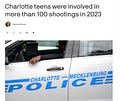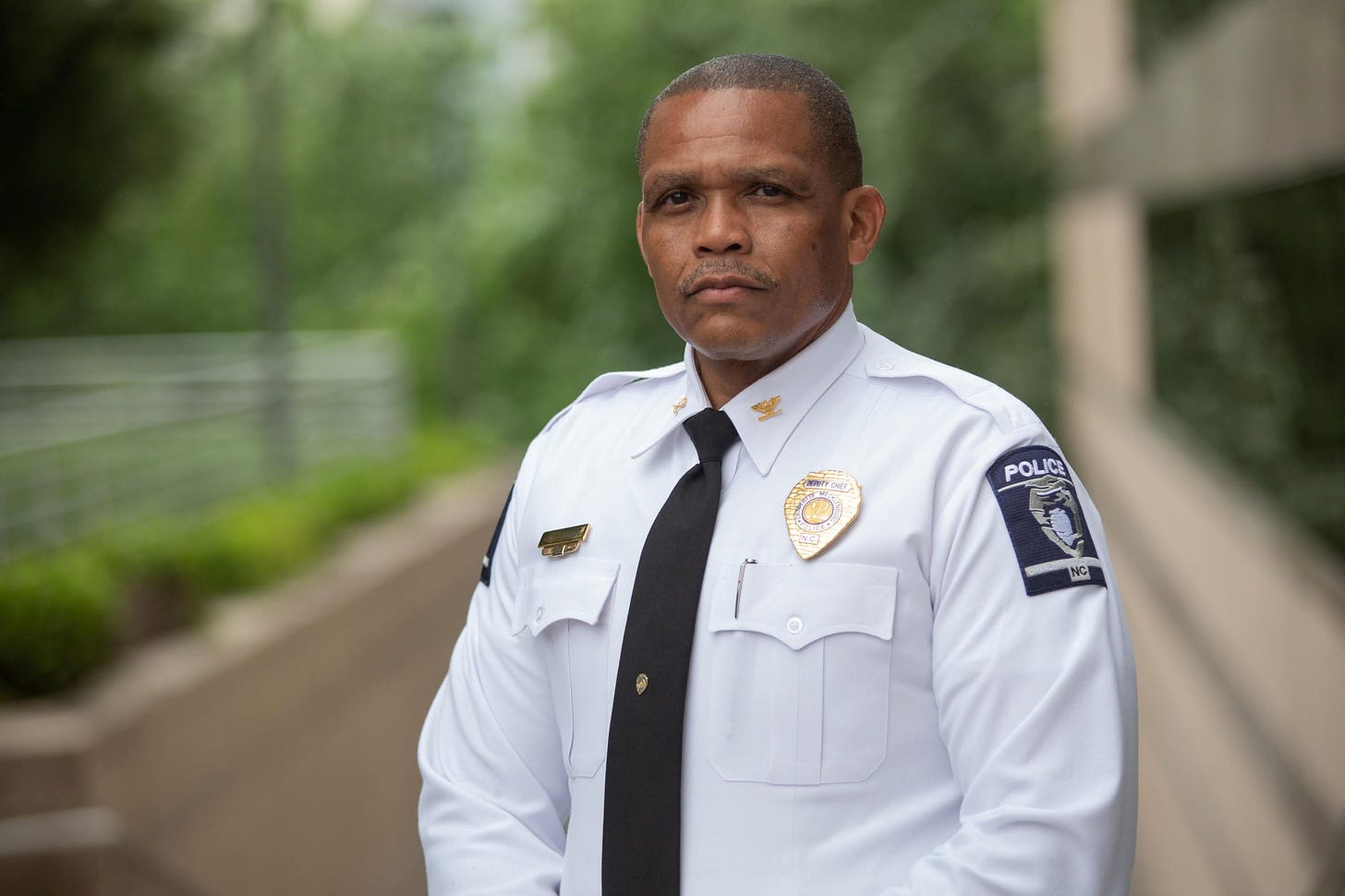Breaking the Cycle: Tackling Charlotte’s Violence with School Discipline
With Charlotte's homicide rates defying national trends, it's time to address the root causes of juvenile crime by enforcing effective discipline in our schools.
Over 2 days, the Charlotte metro area faced a wave of violence, resulting in 5 deaths and multiple injuries. The rising tide of violence in Charlotte requires urgent attention.
These rampant murders emphasize the need for no-nonsense crime prevention.
A National Perspective on Crime
Charlotte’s high crime rates defy the national decrease in homicides. What’s causing this surge in violence? School discipline—or rather, the lack thereof.
Let’s zoom out and consider the broader national context to comprehend Charlotte's crime wave.
Across the top 219 cities in the United States, murders have, on average, dropped by 20%. In North Carolina, cities like Greensboro and Durham have even improved, with homicides down by 35% and 50%, respectively.
Yet, in Charlotte, the situation is sadly different.
Here, homicides have surged by over 40%, and in just the first three months of this year, the Charlotte Mecklenburg Police Department has already reported 34 homicides. This number excludes the five murders this week, showing a trend that shows no signs of slowing down.
The Juvenile Connection
A significant driver of this spike in violent crime is juvenile involvement. This year, there have already been 21 shootings perpetrated by young people, many of which have targeted homes and cars, putting innocent families in the line of fire.
Juvenile crime is not just a minor issue but a significant component of Charlotte’s broader crime problem.
Charlotte police Chief Johnny Jennings says COVID-19 partly caused the increase in juvenile crime.
In a recent interview with WCNC, he said:
“We started seeing this occurring after COVID,” Jennings said. “Schools were out during COVID and a lot of kids didn’t really have a whole lot to do. Ever since then this crime trend with juveniles just seems to keep getting worse and worse.”
“It is so frustrating,” Jennings said. “We have a lot of great men and women out there doing a lot of investigative work and solving crimes and trying to bring closure to victims regularly. When you have that, the only result that they see coming out of it is to release that young man or that young woman back into that same environment, simply so they could go back and re-offend. That is what I talk about the frustration with law enforcement is that our officers cannot continue to play that catch and release and simply deal with the same issues over and over again.”
It’s time for lawmakers to confront the underlying causes of juvenile crime: ineffective discipline policies in schools.
Schools in Crisis
CMS has been criticized for its handling of disciplinary actions and for maintaining a safe and productive learning environment. The district recently lost a superintendent partly because of reported failures to adequately address crime and issues like campus rape and sexual assault.
This lenience has allowed minor issues to snowball into more significant problems, contributing to the rise in juvenile crime.
For too long, there has been a need for more consistent, solid disciplinary measures, especially beginning in junior high, a critical period for influencing young minds.
A Path Forward
To turn the tide, Charlotte’s approach to school discipline must change.
Implementing more robust discipline policies starting in junior high can instill a sense of accountability and consequence, which can be pivotal in steering juveniles away from crime.
To be effective, these policies must be fair, consistent, and uninfluenced by gender or socioeconomic background.



